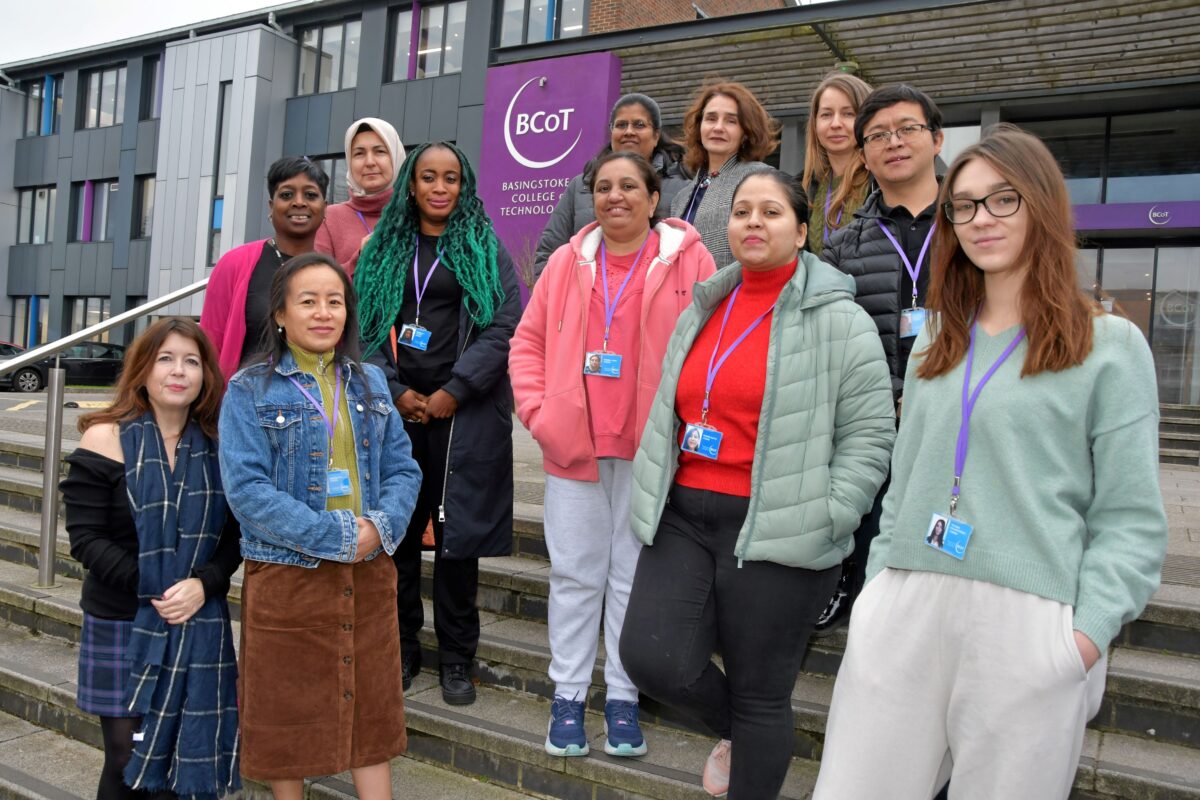Coronavirus and changing young people’s UK labour market outcomes

Young people ages 16 to 24 experienced a large decline in employment in 2020
 Jo Bibby, Director of Health at the Health Foundation said:
Jo Bibby, Director of Health at the Health Foundation said:
“Today’s new ONS data further indicates that young people have been one of the groups hit hardest by the COVID-19 economic fallout. High quality work which offers secure income is one of the essential building blocks that support young people to live a healthy life, contributing to feelings of independence and resilience, and opening up a range of possibilities. As part of our ongoing COVID-19 impact inquiry, we’ve seen that young people have been disproportionately affected by this crisis, having been more likely to experience a sustained reduction in pay, be put on furlough or let go from their jobs all together, all of which risks their longer-term health and employment prospects.
“Young people are one of our nation’s greatest assets, and it is essential that the government puts this group at the heart of its COVID-19 economic recovery plans. The country’s future prosperity depends on the health and wellbeing of this age group, so we must ensure this ‘lockdown generation’ are provided with the support they need.”
The Health Foundation’s COVID-19 impact inquiry is examining the impact that the pandemic has had on health and health inequalities across the UK. Reporting in July, the inquiry will provide important analysis for the Government on how we can build back better and place health at the heart of recovery.
Proportion of young people in full-time education reaches new high
The proportion of young people in full-time education reached a new high of 46.8% in Quarter 3 (July to Sept) of last year.
More young people were in full-time education in 2020 than in 2019, reaching a new high proportion of 46.8% in Quarter 3 (July to Sept) 2020.
In 2020, there were more young people going into full-time education than in 2019. The higher enrolment in full-time education was associated with higher economic inactivity.
Lorna Carter-Blake, MD of Hampshire-based business training centre, DA Training and Consultancy, said:
“That the number of young people in full time education rose to a record high last year is no surprise given the massive contraction in sectors of the economy where young people often start out, such as retail, hospitality and leisure.
“Unable to find a job, and unaware how long the pandemic could last, a lot of young people clearly made the decision to equip themselves with additional qualifications for when they do eventually return to work.
“In uncertain times, companies do tend to gravitate towards experience over youth and that has been felt keenly by all younger people. We’ve seen it in the reduced number of apprenticeships over the past year.
“With the economy now starting to reopen, and an end to the pandemic potentially in sight, the hope is that young people will once again find it easier to secure a job.
“One potential issue facing younger people is the shift of many companies to remote working practices, which are better suited to experienced employees who are more self-sufficient and can work independently.”
Comparing changes in the labour market statuses of young workers in full-time education in 2019 and 2020 shows that the employment rate declined while unemployment and economic inactivity rates increased in 2020.
Economic inactivity by reason (not seasonally adjusted) shows young people who gave “student” as their reason for being economically inactive reduced between Quarters 1 (Jan to Mar) and 2 (Apr to June) 2020 and in the same period in 2019. They increased by 5.0% and 6.2% in Quarters 3 (July to Sept) and 4 (Oct to Dec) 2020 respectively compared with the same periods in 2019.
Increasing unemployment and economic inactivity were associated with fewer vacancies in industries that mostly employed students, which were heavily affected by lockdown restrictions. In Quarter 4 2020, vacancies (589,000) were 25.0% lower than in Quarter 1 2020. Over the same period, vacancies in accommodation and food services fell by 65.5% to 29,000; those in arts, entertainment and recreation fell by 52.2% to 11,000; and those in the retail sub-sector fell by 47.1% to 45,000. These sectors are very important for young people’s employment.
Analysing students by age group shows that those aged 16 to 17 years drove the increase in student numbers and therefore economic inactivity of young people in the second half of 2020.
Coronavirus and changing young people’s UK labour market outcomes: January to March 2021
In-depth analysis of young people’s (aged 16 to 24 years) labour market outcomes in 2020, how the young people were impacted by the coronavirus pandemic (Covid-19) and some of the drivers of such outcomes, using labour market flows and quarterly labour force survey data.
Monthly estimates of education output for remote learners during the coronavirus (COVID-19) pandemic
Monthly estimates of education output for remote learners during the coronavirus (COVID-19) pandemic with breakdowns by school phases, regions and Ofsted ratings.











Responses